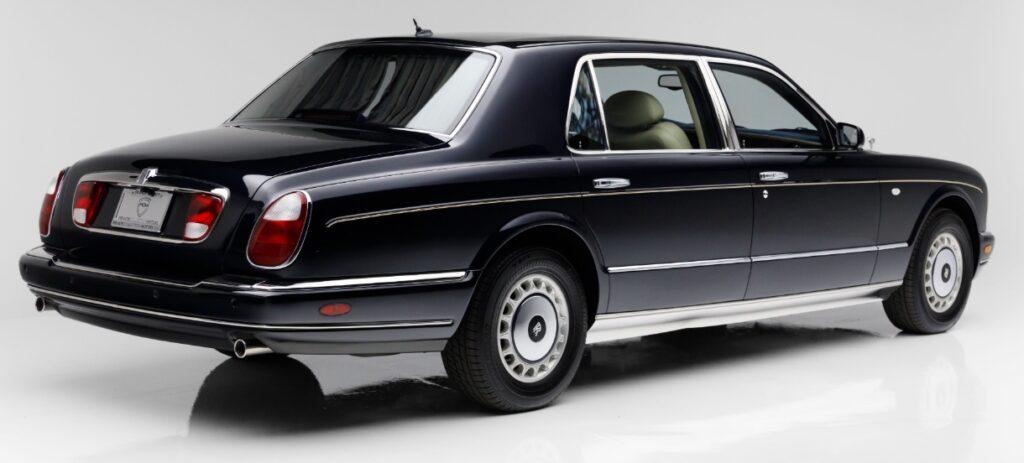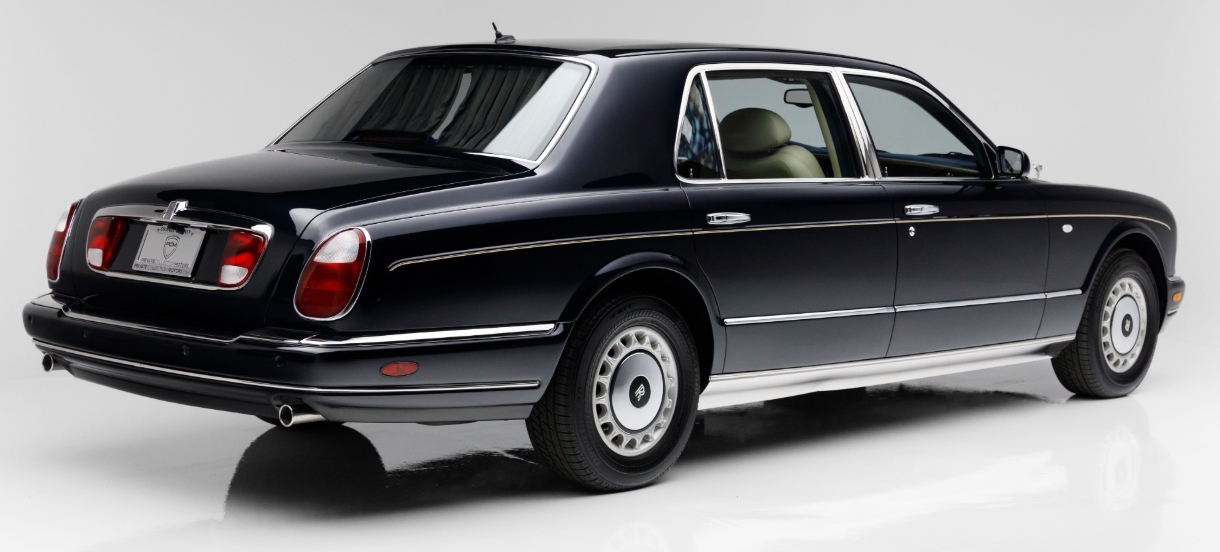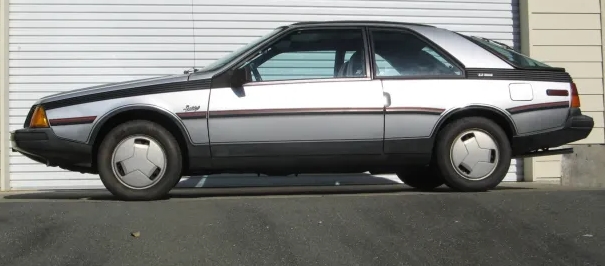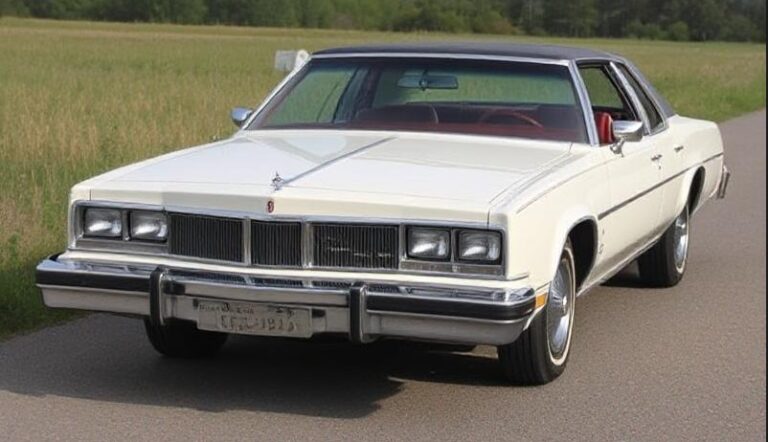The Evolution of the Rolls-Royce Park Ward
The Rolls-Royce Park Ward holds a distinguished place in the luxury automobile industry as one of the most refined and elegant limousines ever produced. Its history is intertwined with the evolution of Rolls-Royce’s bespoke craftsmanship, technological advancements, and the shifting tastes of its discerning clientele. This article traces the development of the Rolls-Royce Park Ward, detailing its production years, models, trim levels, and notable features across its lifespan.
Origins and Early Development (1930s – 1950s)
Predecessor Models and Origins
The lineage of the Park Ward name traces back to the early 20th century through collaborations with the Park Ward coachbuilding company, established in 1919 in London. Park Ward was renowned for crafting bespoke bodies for Rolls-Royce chassis, emphasizing craftsmanship, luxury, and bespoke customization.
In the 1930s, Rolls-Royce began to offer more standardized chassis options, but the coachbuilding tradition persisted, with many bodies built by Park Ward. During this era, the models didn’t carry the “Park Ward” name as a model designation but rather as a coachbuilder brand that specialized in creating luxurious bodies for Rolls-Royce chassis.
Post-War Resurgence and the Silver Wraith (1946–1959)
After World War II, Rolls-Royce introduced the Silver Wraith in 1946, which became a cornerstone for bespoke coachbuilt limousines. Park Ward was closely associated with this model, crafting customized bodies for wealthy clients worldwide.
This period saw the Silver Wraith available in various configurations, including limousines, landaulettes, and sedans, often tailored to customer specifications. Although not a “Park Ward” model per se, the coachbuilder’s influence was significant in shaping the bespoke luxury ethos for Rolls-Royce during this era.
The 1960s and the Rise of the Standardized Limousine (1960–1980)
Introduction of the Silver Shadow and the Evolution of Coachbuilding
As Rolls-Royce moved toward more standardized production with the Silver Shadow (introduced in 1965), the coachbuilding process became more integrated into the company’s manufacturing. Despite this, bespoke coachbuilders like Park Ward still played a role in creating custom limousines and special bodies.
The Rise of the Rolls-Royce Park Ward Limousine
During the 1960s and 1970s, the name “Park Ward” became synonymous with a specific line of coachbuilt limousines based on the Silver Shadow platform. These vehicles were often customized for government officials, dignitaries, and private clients seeking a bespoke limousine experience.
Models and Trim Levels
The Park Ward limousines from this era were typically built on the Silver Shadow chassis, with the most notable being:
- Rolls-Royce Silver Shadow Park Ward Limousine (1965–1980): Built to order, these limousines featured extended wheelbases, custom interiors with plush leather, wood veneers, and advanced audio systems for their time.
While the standard Silver Shadow came in various trim levels—standard, De Ville, and extra luxury versions—the Park Ward limousines often represented the top-tier bespoke options, with extensive customization rather than fixed trim levels.
The 1980s: Transition to the Rolls-Royce Silver Wraith II and Park Ward
Introduction of the Silver Wraith II (1980–1993)
In 1980, Rolls-Royce introduced the Silver Wraith II, continuing the tradition of bespoke coachbuilt limousines. Park Ward remained a prominent coachbuilder partner, producing highly customized limousines based on the Silver Wraith II chassis.
Features and Variants
The Silver Wraith II-based Park Ward limousines maintained their status as luxurious, handcrafted vehicles for VIPs and heads of state. These limousines often featured:
- Extended chassis with custom bodywork
- High-quality interior trims with bespoke leather and wood
- Advanced communication systems (for the era)
- Special body styles, including formal limousines and landaulettes
Trim Levels and Customization
Given their bespoke nature, these vehicles did not follow a standard trim hierarchy. Instead, each was uniquely built to client specifications, making each vehicle a one-off masterpiece. The level of luxury and features depended on client requirements rather than predefined trim levels.
The Introduction of the Rolls-Royce Park Ward Limousine (1990s)
Rolls-Royce Silver Spirit / Silver Dawn Era (1980s–1990s)
By the late 1980s, Rolls-Royce transitioned to the Silver Spirit (introduced in 1980) and Silver Dawn (introduced in 1987) models—more modern, unibody designs with improved comfort and technology. During this period, the coachbuilding tradition persisted for clients seeking ultra-luxury bespoke limousines.
The Role of Park Ward in the 1990s
In the early 1990s, the “Park Ward” name was revived as a designation for highly customized limousines built on the Silver Spirit/Silver Dawn chassis. These vehicles retained the hallmark of bespoke craftsmanship, focusing on rear-seat comfort, privacy features, and executive amenities.
Models and Trim Levels
The limousines produced in this era often featured:
- Extended wheelbases (up to 8-10 inches)
- Custom interior configurations, including partitioned driver areas and plush passenger compartments
- Various interior trim levels emphasizing the highest quality leather, wood veneer, and advanced audio-visual systems
Again, since these were coachbuilt, they did not follow a fixed trim hierarchy but rather offered bespoke options tailored to each client.
The 2000s: Modernization and the End of the Coachbuilt Era
Transition to the Bentley-based Phantom and Discontinuation
By the early 2000s, Rolls-Royce transitioned away from traditional coachbuilding, focusing instead on the Phantom platform (introduced in 2003). The new Phantom was a unibody construction, and bespoke coachbuilding was largely phased out in favor of factory customization options.
The Last Rolls-Royce Park Ward Limousines
The final iterations associated with the Park Ward name appeared in the early 2000s, often as special orders for ultra-high-net-worth individuals and government officials seeking custom limousines based on the latest models.
Features and Trim Levels
These vehicles offered high levels of bespoke customization, including:
- Extended wheelbases
- Customized rear passenger cabins with bespoke seating arrangements
- Advanced multimedia and communication systems
- Unique interior trims with rare woods, custom embroidery, and personalized features
Since these were bespoke, they did not conform to a traditional trim hierarchy, but the emphasis was on ultimate personalization and craftsmanship.
.

.
Summary and Legacy
The Significance of the Park Ward Name
Throughout its history, the “Park Ward” name has been associated with bespoke luxury, craftsmanship, and exclusivity. Originally linked to the coachbuilding firm, the name was adopted by Rolls-Royce to denote high-end, coachbuilt limousines based on various chassis, notably the Silver Shadow, Silver Wraith II, and later models.
Years of Production and Notable Models
- 1930s–1950s: Coachbuilt bodies by Park Ward on pre-war chassis and post-war Silver Wraith.
- 1965–1980: Silver Shadow-based Park Ward limousines, highly customized for VIP clients.
- 1980–1993: Silver Wraith II-based limousines, continuing bespoke traditions.
- 1990s–early 2000s: Extended wheelbase versions on Silver Spirit/Dawn chassis, still bespoke, but with less coachbuilding and more factory customization.
Trim Levels and Features
Given the bespoke nature, these vehicles did not follow a strict trim hierarchy like mass-produced cars. Instead, each vehicle was a one-off, tailored to the client’s specifications, with options including luxurious leather, rare woods, advanced communication systems, and unique body styles.
Conclusion
The Rolls-Royce Park Ward exemplifies the evolution of bespoke luxury automotive craftsmanship over nearly a century. From its origins in coachbuilding excellence to its role as a maker of highly customized limousines on modern chassis, the Park Ward name encapsulates a tradition of exclusivity, artistry, and innovation. While the coachbuilding era has ended, the legacy of the Park Ward name endures as a symbol of ultimate luxury and bespoke automotive design.
Note: As a coachbuilder and bespoke division, the “Park Ward” name was not associated with mass-produced models but rather with custom-bodied limousines built on various Rolls-Royce chassis over the decades. The vehicles’ features, trim levels, and configurations varied widely based on individual client specifications, making each a unique exemplar of luxury automotive craftsmanship.








